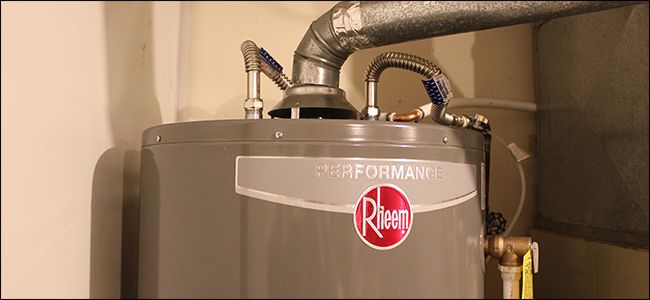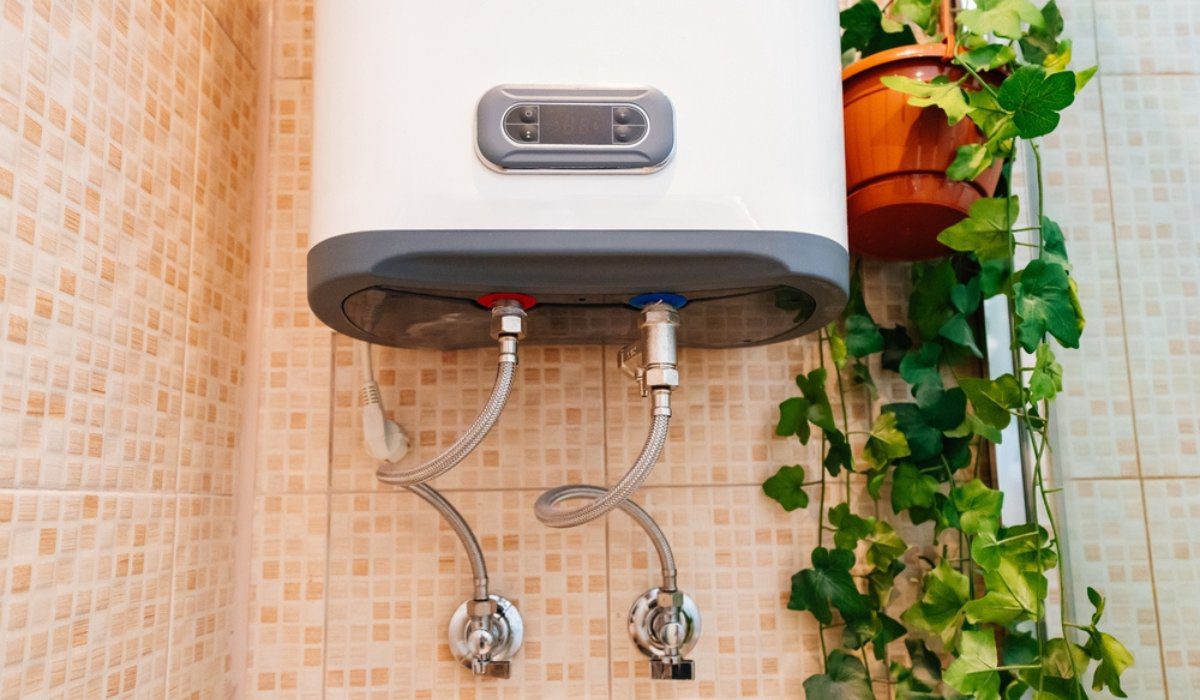Important Maintenance Tips for Your Home's Hot Water SystemWays to Successfully Care for Your Home's Hot Water SystemTop Methods to Care for Your Home's Hot Water System Successfully
Important Maintenance Tips for Your Home's Hot Water SystemWays to Successfully Care for Your Home's Hot Water SystemTop Methods to Care for Your Home's Hot Water System Successfully
Blog Article
This post on the next paragraphs relating to How to Maintain Your Water Heater & Prolong its Life is especially enjoyable. Don't skip it.

Hot water is necessary for daily comfort, whether it's for a rejuvenating shower or cleaning recipes. To guarantee your hot water system runs successfully and lasts much longer, routine upkeep is essential. This write-up gives functional tips and understandings on how to maintain your home's hot water system to avoid interruptions and pricey repairs.
Introduction
Maintaining your home's warm water system might appear challenging, however with a few basic steps, you can ensure it operates smoothly for years to come. This guide covers everything from understanding your warm water system to do it yourself maintenance suggestions and understanding when to employ specialist aid.
Value of Preserving Your Hot Water System
Regular maintenance not only expands the life-span of your warm water system but also ensures it runs successfully. Disregarding upkeep can cause reduced effectiveness, higher energy bills, and also early failure of the system.
Signs Your Hot Water System Requirements Upkeep
Understanding when your warm water system requires interest can avoid major concerns. Watch out for indications such as inconsistent water temperature level, odd noises from the heater, or corroded water.
Purging the Hot Water Heater
Purging your water heater removes debris accumulation, improving efficiency and extending its life.
Checking and Changing Anode Rods
Anode rods prevent deterioration inside the storage tank. Inspecting and changing them when broken is vital.
Complicated Concerns Needing Professional Aid
Examples consist of significant leakages, electrical issues, or if your water heater is continually underperforming.
Routine Specialist Maintenance Advantages
Specialist maintenance can consist of complete evaluations, tune-ups, and making certain compliance with safety requirements.
Checking and Readjusting Temperature Settings
Readjusting the temperature settings makes certain optimum efficiency and safety and security.
Do It Yourself Tips for Maintenance
You can perform numerous maintenance jobs yourself to maintain your hot water system in leading problem.
Checking for Leaks
On a regular basis evaluate pipelines and links for leaks, as these can result in water damage and greater bills.
Recognizing Your Hot Water System
Before diving right into maintenance tasks, it's valuable to understand the standard elements of your warm water system. Normally, this includes the hot water heater itself, pipelines, anode poles, and temperature controls.
Month-to-month Maintenance Tasks
Normal regular monthly checks can help capture minor issues before they escalate.
Checking Stress Relief Valves
Testing the stress relief valve ensures it works appropriately and prevents extreme stress build-up.
Shielding Pipes
Insulating hot water pipes decreases warmth loss and can save energy.
When to Call a Professional
While do it yourself maintenance is advantageous, some concerns need expert competence.
Conclusion
Routine maintenance of your home's warm water system is essential for performance, long life, and price financial savings. By following these tips and knowing when to seek specialist aid, you can make certain a dependable supply of hot water without unexpected disruptions.
Water Heater Maintenance Tips
Test the TPR Valve
Shut off the power and the cold-water supply valve. Place a bucket under the pipe connected to the temperature-pressure-release (TPR) valve on the top or side of the tank. (This valve opens if the tank pressure gets too high.) Lift the valve’s tab to let some water out, then let go. If water keeps flowing, drain the tank partway, unscrew the old valve with a pipe wrench, and install a new one. Check the Anode Rod
Put a hose to the tank’s drain cock and let out a few gallons of water. Now fit a 1 1/16-inch socket onto the rod’s hex head on top of the heater (or under its top plate) and unscrew the rod. If it’s less than ½ inch thick or coated with calcium, buy a new one, wrap its threads with Teflon tape, put it back in the tank, and tighten securely. Use this segmented rod if headroom above the tank is limited. Drain the Tank and Wash Out Sediment
Drain the remaining water in the tank into the bucket, then stir up the sediment on the tank’s bottom by briefly opening the cold-water supply valve. Drain and repeat until clean water comes out of the hose. Close the drain cock, refill the tank, and turn its power back on. Adjust the Temperature
Find the temperature dial on the side of the tank and unscrew its cover. Adjust the dial to 120 degrees using a flathead screwdriver. For every 10 degrees the temperature is lowered, you can expect to save up to 5 percent in energy costs. Turn the water heater off or the thermostat down to its lowest setting if you plan to be away from home for more than three days. Insulate the Pipes
Buy some self-sticking 3/8-inch-thick foam pipe insulation that matches the pipes’ diameter. Slide the foam over the hot-and cold-water pipes as far as you can reach. Insulating the cold-water pipe prevents condensation in summer. Peel the tape and squeeze the insulation closed. If the pipe is 6 inches or less from the flue, cover it with 1-inch-thick unfaced fiberglass pipe wrap. https://www.thisoldhouse.com/plumbing/21016402/how-to-maintain-a-water-heater

I ran across that page about Tips For Maintaining Your Hot Water Heater while exploring the internet. If you enjoyed reading our blog posting if you please consider to share it. Many thanks for being here. Don't forget to stop by our website back soon.
Book Maintenance Report this page